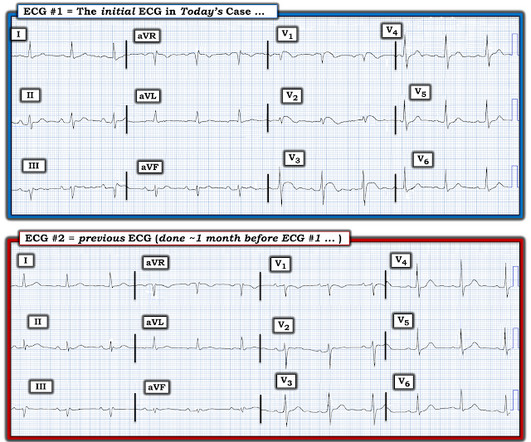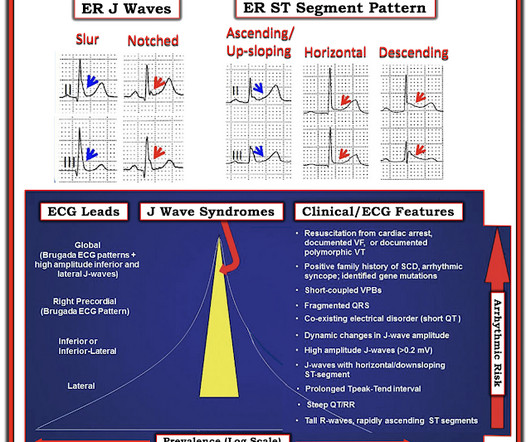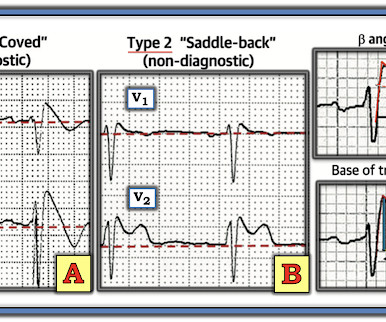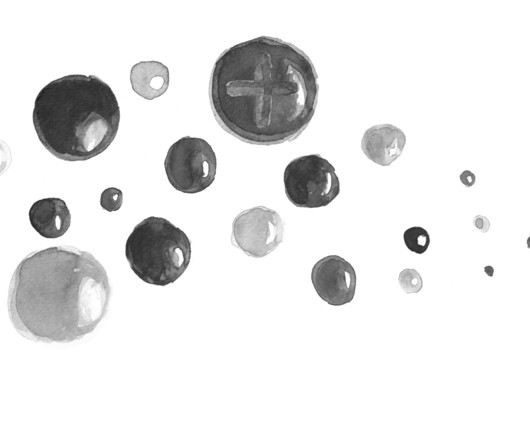SGEM#391: Is it Time for a Cool Change (Hypothermia After In-Hospital Cardiac Arrest)?
The Skeptics' Guide to EM
FEBRUARY 3, 2023
Date: February 1, 2023 Reference: Wolfrum et al. You are tidying your things […] The post SGEM#391: Is it Time for a Cool Change (Hypothermia After In-Hospital Cardiac Arrest)? Date: February 1, 2023 Reference: Wolfrum et al. You are tidying your things in anticipation of the arrival of the dayshift when a code blue is called.

















Let's personalize your content